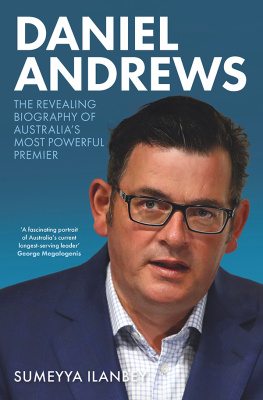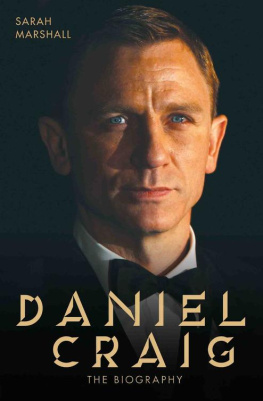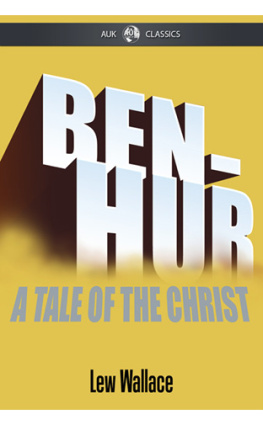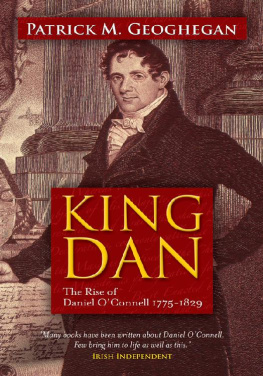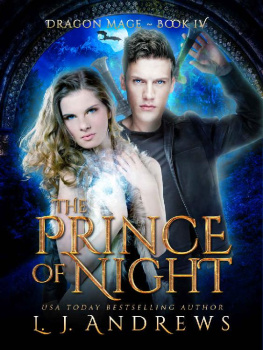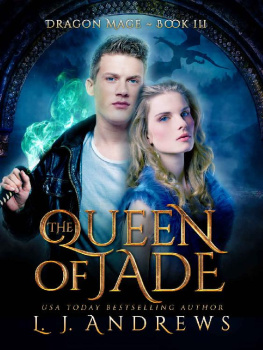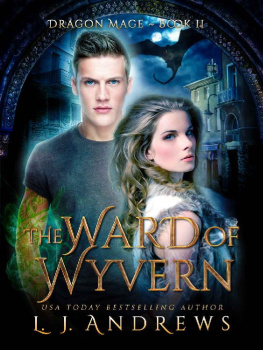First published in 2022
Copyright Sumeyya Ilanbey 2022
All rights reserved. No part of this book may be reproduced or transmitted in any form or by any means, electronic or mechanical, including photocopying, recording or by any information storage and retrieval system, without prior permission in writing from the publisher. The Australian Copyright Act 1968 (the Act) allows a maximum of one chapter or 10 per cent of this book, whichever is the greater, to be photocopied by any educational institution for its educational purposes provided that the educational institution (or body that administers it) has given a remuneration notice to the Copyright Agency (Australia) under the Act.
Allen & Unwin
Cammeraygal Country
83 Alexander Street
Crows Nest NSW 2065
Australia
Phone: (61 2) 8425 0100
Email:
Web: www.allenandunwin.com
Allen & Unwin acknowledges the Traditional Owners of the Country on which we live and work. We pay our respects to all Aboriginal and Torres Strait Islander Elders, past and present.

ISBN 978 1 76106 745 7
eISBN 978 1 76118 503 8
Index by Garry Cousins
Set by Midland Typesetters, Australia
Cover design: Philip Campbell Design
Cover photo: Getty Images
To my mum and dad, the most loving parents
CONTENTS
THE COVID-19 PANDEMIC ravaged the globe after it first appeared in China in late 2019. Countries shut down their borders, leaders imposed tough restrictions to curb the spread of the virulent disease and the global economy was upended.
In Australia, the one-in-100-year pandemic galvanised the state, territory and Commonwealth leaders to come together, share information and make decisions, in a way that not all countries around the globe had. However, Australias response to the health crisis also fractured the complex federation.
Parochial premiers flexed their muscles as they demanded Prime Minister Scott Morrison take greater responsibility in managing the outbreak. Frustrated by Morrisons resistance to imposing restrictions and treating the pandemic as a health crisis first and an economic catastrophe second, the premiers took the reins. They publicly confronted him via the media and took on the federal government, and elevated their own national profiles.
The pandemic forced politicians to focus on the grassroots. It highlighted the natural strengths of state governments, and exposed Morrisons impotence in managing a health crisis. The states had the bigger levers to pull on domestic borders, preparing hospitals, bolstering public health teams to trace coronavirus cases and isolate their contacts, while the Commonwealth focused predominantly on an economic stimulus package and took a back seat on Australias response to the pandemic.
Daniel Andrews, the countrys longest-serving state or territory leader when the pandemic took hold, quickly assumed leadership among his peers. He was an effective communicator and a political brawler, unafraid to take on the conservative Commonwealth. He could land a blow where federal opposition leader Anthony Albanese was unable to. Andrews faced the media for 120 consecutive days during 2020 when the second wave of the pandemic ripped through Melbournes suburbs, and won the dubious honour of being the leader who had imposed one of the worlds longest lockdowns.
Despite the horrors of the pandemic, and the gruelling restrictions he inflicted on his citizens, Andrews remained resilient and his popularity increased. A life-threatening back injury in early 2021 that could have ended his career short only strengthened his leadership.
As COVID-19 continued to ravage the country, the Victorian premier suddenly became instantly recognisable across the country, and other Australians became fascinated by this leader who had an iron grip on his state. This book reveals who Andrews really is, the experiences that have shaped him and what makes him so powerful.

On a cool summer evening in November 2014, Daniel Andrews is at home in suburban Mulgrave with his family and chief of staff. The election-day polls have closed, and the 42-year-old father of three is remarkably Zen for a man on the cusp of toppling a first-term Victorian government for the first time in almost six decades. He turns to John McLindon, his nervous chief of staff, and calmly says: We cant do any more, we did everything we could. It is what it is.
Since that election victory, Andrews has gone on to become the most substantial Labor figure in Australia since Paul Keating, and the most dominant Victorian premier since Jeff Kennett. He has combined Labors progressive streak with its conservative edge, and articulated his vision for the state, implementing both an infrastructure program and social reforms of a scale unseen in the state since the era of John Cain.
But Andrews was built to lead during a crisis. Dominant, autocratic, forthright and confident, he has navigated one of the most disastrous bushfires in Australias history, and then a pandemic that upended the lives of seven billion people across the globe: arguably the most challenging of times since World War II. He has stared down critics and provoked oppositional voices when the wave of popularity he had surfed for six years was battered and bruised as he led his state through prolonged lockdowns, stringent restrictions and thousands of COVID-19 deaths.
How did this former Labor Party factional apparatchik, who grew up in country Victoria helping his dad load salami and ham on the back of a truck, end up leading Australias second-largest state and becoming one of Victorias longest-serving premiers?
Daniel Michael Andrews is a man of profound contradictions. He was the church-going Roman Catholic who angered the church hierarchy as health minister when he championed laws legalising abortion. He is the cold and calculated factional brawler who dispatches any enemy coming to challenge him, but also a left-wing progressive warrior who has introduced more social reform to improve the lives of vulnerable people than any other Victorian leader since John Cain.
There are two competing versions of the Labor Premier: one depicts him as an autocratic accidental premier, who had the sheer luck of being opposition leader when the left-leaning state was led by a bitterly divided conservative government, and who has disdain for good governance, cabinet government and democracy. The alternative paints him as a hardworking progressive armed with a single-minded determination to achieve reform and not waste a moment of his time in government, with a vision to leave Victoria better than he inherited it. Andrews is complex, not easily pinned down, both a leader with a strong commitment to reform and a street-smart populist.
His years in government have demonstrated, though, that these two versions are not mutually exclusive: they coexist. Andrews the earnest reformer is most successful when accompanied by Andrews the political hardman.
Its an enviable position for a man once nicknamed Daniel Who, because few beyond Spring Street recognised him, even in the months leading up to the November 2014 election. Indeed, he had only emerged as a serious contender in January of that year, when Paul Keating declared Andrews a man of energy and pluck. He is easily the most energetic of the state opposition leaders, Keating said. I hold some substantial hope that Labor might be returned at the next poll.

